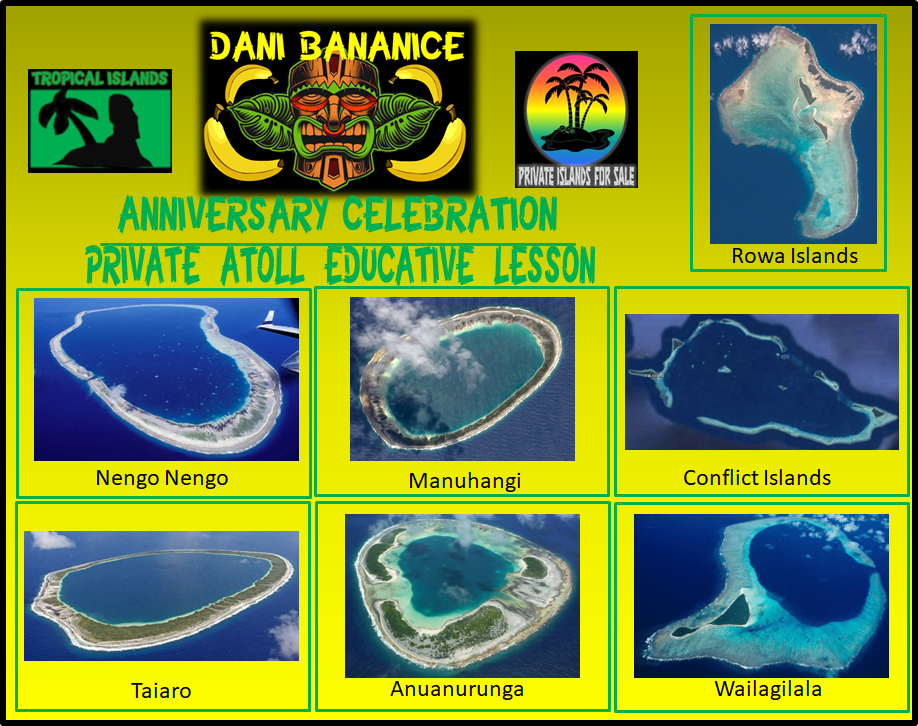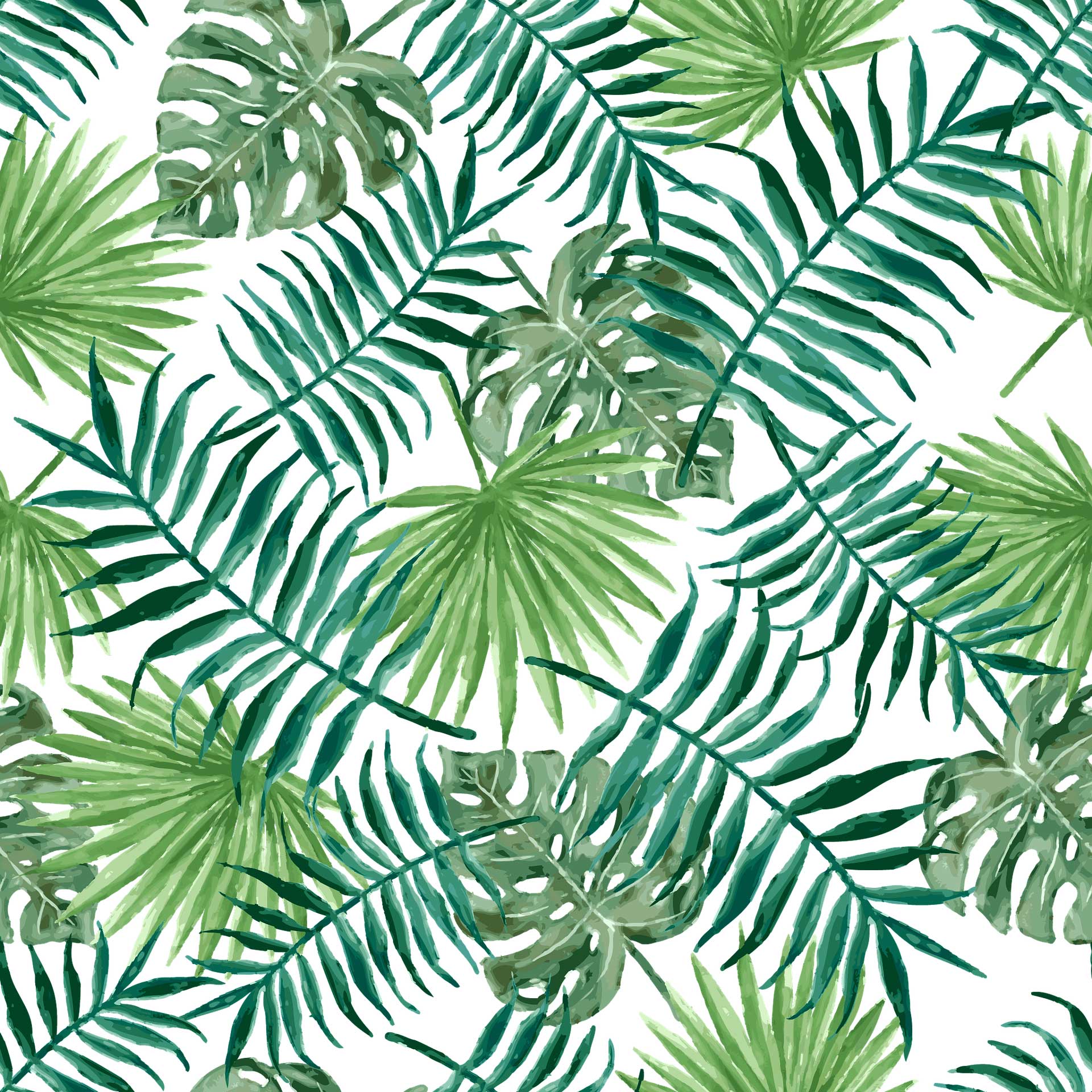
Greetings ladies and gentlemen! Since this recent nengo Nengo atoll got popular, and we got some questions, I decided to post a lesson about private atolls. Have in mind that there are not many atolls on sale right now (maybe just three at this moment), so we do not have much information around.
Now, to better understand some things we need to consider the very type and shape of atolls. Please read these two blogposts about atolls some time ago, this https://tropicalislands.net/atolls-basics/ and this https://tropicalislands.net/basic-types-of-atolls/
So, according to that, there are circled atolls like this one with one deep channel to feed lagoon. That is the ship entrance as well. In this case, logically, the marina is on the lagoonal side because it is protected, the lagoon is part of the atoll as well. There are corals, fish, etc… But, according to local laws it depends if lagoons can be private or not. It also varies in the shape of atolls. From what I know so far, size in acres is measured by landmass, not lagoon, if not otherwise noted. That is why in those specific assets people need to contact the agent responsible for the sale.
In the picture, I provided a few examples of private atolls which were on direct sale (Nengo Nengo, Manuhangi, Taiaro, and Anuanurunga atolls in French Polynesia; Rowa Islands atoll in Vanuatu, Conflict Islands atoll in Papua New Guinea and Wailagilala Atoll in Fiji. Nenegonengo and Manuhangi status are unknown, Taiaro and Rowa are gone, and currently just Conflict, Anuanurunga, and Wailagilala are on the market )
As we noticed, atolls resemble former vulcan craters, with islands scattered around the crater’s rim. Therefore, the lagoon is technically part of the atoll. However, if it is part of the sale and owner, that is another question.
Nengo Nengo has one channel (somewhat deep) to feed its lagoon. I do not know if it is a private lagoon, but I do know that they used its lagoon to produce shells for Tahiti Black pearls, therefore it could be somewhat private.
Manuhangi and Taiaro atolls have closed lagoons, no deep passage, just a few shallows. The absence of a deep channel made their lagoons closed and hypersaline. And much calmed. As being much salted, fewer types of coral, fish, and other sea life live there, but they are still present. That means that the owner has total control over lagoons as nobody could enter there even if wish. Anuanurunga also seems to not have a deep channel, but it is much smaller and has even less amount of islands around the lagoon.
Rowa atoll is a bit different as it does not have a regular deeper lagoon, and islands are scattered on the reef. Conflict atoll, on other hand, is quite different as well, as there is no visible protective reef in some places, it is deeper almost everywhere, and looks like a broken atoll. It also happens to have a few isles in the middle of the lagoon. Also, from one point of the lagoon to another there is a maximum of 23 kilometers distance!
And Fiji’s atoll, Wailagilala is also a bit different as it has a visible crater-ring reef with a channel to feed it, but there are no islands at all, just two of them at the very edge of the lagoon. So, as we can just figure out, some atolls really do have the full potential of their lagoons to use, as they are totally encircling it, while others do not. Regarding the vegetation, that is almost similar, as atolls are flat, and their soil is mostly salty, and as the result, just a few types of vegetation can grow there, including the mightly coconuts. But how many of vegetation it will have depends mostly on the shape and how submerged the atoll is. Marine life also depends on how big the lagoon is, and its channels feeding the lagoon. Hypersaline atolls have logically, fewer types of sea life.

